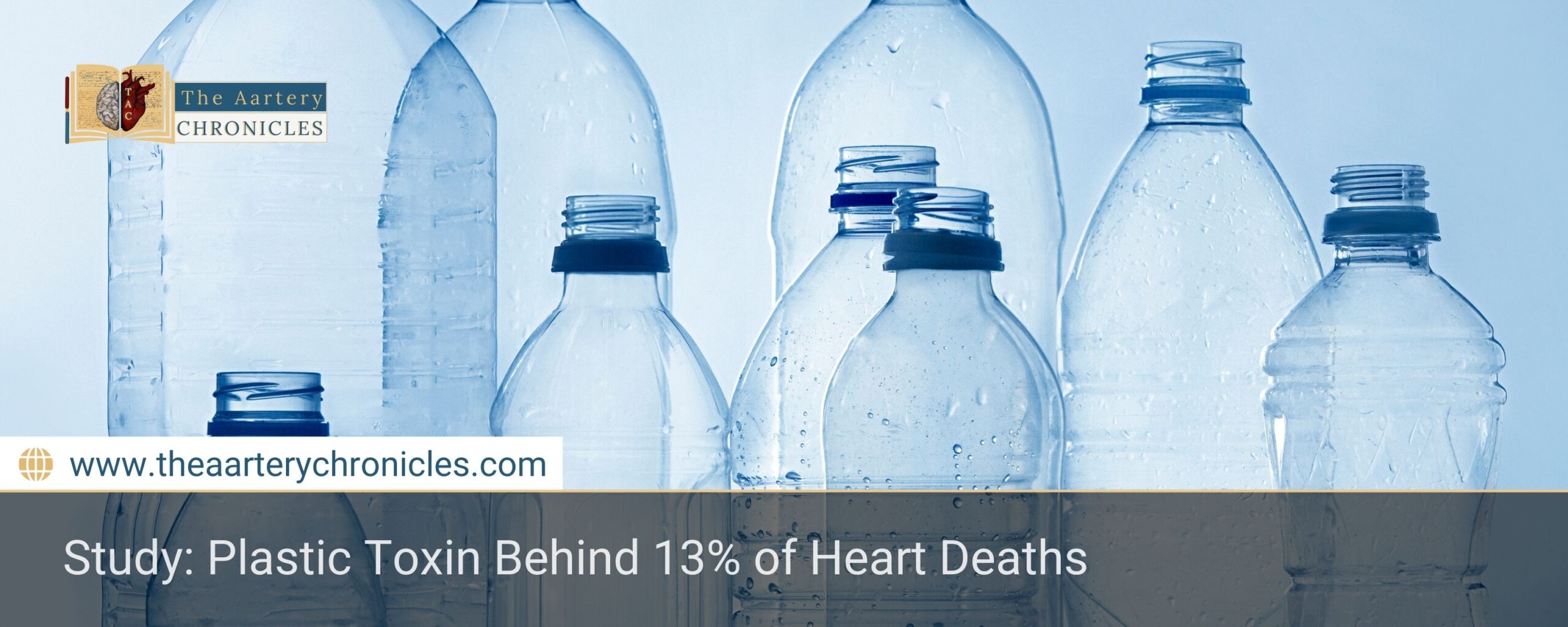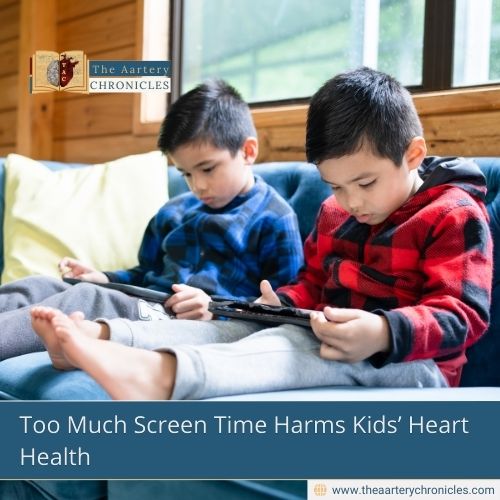

Study: Plastic Toxin Behind 13% of Heart Deaths
A new global study has found that a common chemical used in household plastics phthalates was linked to 13% of heart disease-related deaths in 2018 among people aged 55 to 64. This amounts to approximately 356,000 deaths worldwide, with India leading the list at over 100,000 deaths, followed by China and Indonesia.
The study, published in the journal eBioMedicine, was led by researchers at New York University, who analyzed health and environmental data from over 200 countries and territories.
What Are Phthalates and Why Are They Harmful?
Phthalates are chemicals added to plastics to make them soft, flexible, and durable. One common type, di-2-ethylhexyl phthalate (DEHP), is widely used in everyday items like food containers, packaging, toys, and medical devices.
Over time, these chemicals break down into tiny particles that can enter the human body, mainly through food, air, or skin contact. Once inside, phthalates can trigger inflammation in arteries, increasing the risk of heart attacks and strokes.
South Asia and Developing Regions at Highest Risk
According to the researchers, about three-quarters of the deaths linked to DEHP exposure occurred in South Asia, the Middle East, East Asia, and the Pacific region. This reflects rapid industrial growth, poor waste management, and widespread plastic use in these areas.
India, with its fast-growing plastics industry, faces a particularly high level of exposure and risk. The authors noted a clear inequality in who suffers most from these harmful effects.
Health Impacts Beyond the Heart
Phthalates are not only bad for the heart. Studies have shown that exposure to these chemicals is also linked to:
- Obesity
- Fertility problems
- Hormonal imbalance
- Increased cancer risk
How Was the Study Done?
Researchers used population health surveys and urine sample data to measure the breakdown products of DEHP in people’s bodies. They also reviewed mortality data from the Institute for Health Metrics and Evaluation (IHME) to link chemical exposure with cardiovascular deaths.
Conclusion: What Can Be Done?
The findings support ongoing efforts to reduce plastic pollution through international agreements. The study highlights the need for strong global regulations, especially as countries work towards finalizing the United Nations Global Plastics Treaty the world’s first legally binding pact to control plastic pollution.
“This is a global health issue,” said lead researcher Sara Hyman, adding that these findings emphasize the urgent need to limit phthalate exposure to save lives.
Senior author Leonardo Trasande stated, “Our results underline the urgent need to reduce exposure to toxic plastics, especially in countries facing rapid industrialisation.”
To protect public health, Experts Suggest:
- Stricter regulations on harmful plastic chemicals
- Better waste management systems
- Increased public awareness about plastic safety
- Encouragement to use safer alternatives
Source: Inputs from various media Sources

Priya Bairagi
Reviewed by Dr Aarti Nehra (MBBS, MMST)
I’m a pharmacist with a strong background in health sciences. I hold a BSc from Delhi University and a pharmacy degree from PDM University. I write articles and daily health news while interviewing doctors to bring you the latest insights. In my free time, you’ll find me at the gym or lost in a sci-fi novel.








